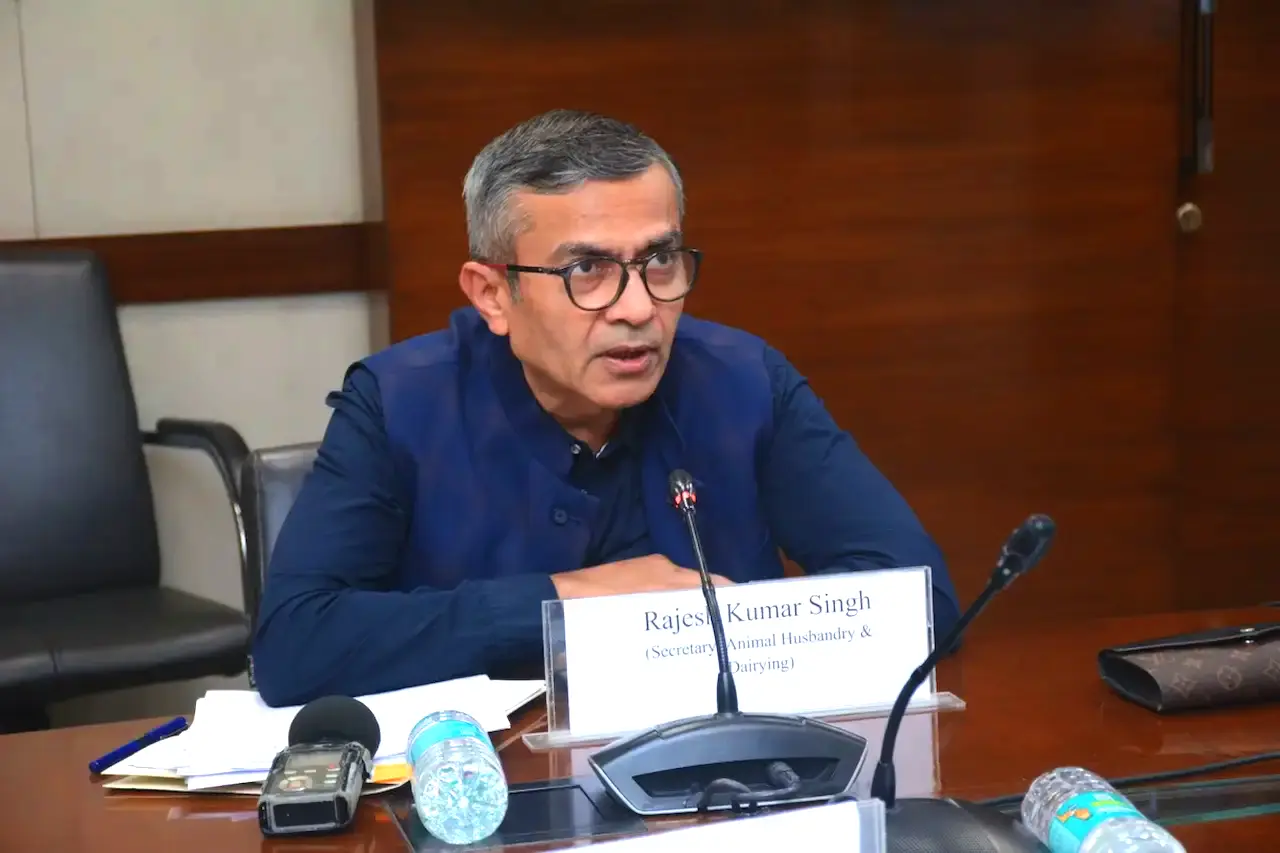Rajesh Kumar Singh, DPIIT Secretary, advocates for India to move towards a lower customs duty regime, emphasizing the need for a balanced approach. Explore the implications, challenges, and the role of tariffs in protecting domestic industries
Navigating Economic Strategy: DPIIT Secretary’s Insights on Customs Duty
In a recent statement, Rajesh Kumar Singh, the Secretary in the Department for Promotion of Industry and Internal Trade (DPIIT), highlighted the necessity for India to transition to a lower customs duty regime. His remarks shed light on the evolving role of tariffs and their impact on domestic industries.
Current Customs Duty Perspective
Singh acknowledged that while tariffs are traditionally viewed as a tool for protecting certain sectors and boosting domestic manufacturing, they are not primarily considered a revenue source. The DPIIT’s stance emphasizes the potential for creative tariff use to shield industries facing predatory pricing or dumping from specific geographies.
Balancing Protection and Growth
While recognizing the importance of safeguarding weaker sectors, Singh emphasized the need to reassess high tariff walls for thriving segments. He anticipates a gradual shift towards a lower tariff regime overall, signaling a departure from prolonged reliance on the infant industry argument.
Implications for Global Integration
Singh’s remarks gain significance in the context of expert suggestions advocating for reduced import duties to align with global value chains. However, challenges arise, particularly in industries like automotive, where opposition to such a move persists.
Case Study: Toy Industry Success
Singh cited the domestic toy industry as a success story, attributing its positive performance to measures like high customs duties and quality control orders. The sector’s manufacturing strength, rising exports, and reduced imports showcase the effectiveness of protective measures.
China’s Predatory Pricing
Without explicitly naming China, Singh hinted at countries engaging in predatory pricing to dump goods and undermine local manufacturing. He revealed that duties on toys were increased from 20% to 70% as a response to such practices.
Future Outlook and Industry Calibration
Responding to queries about potential duty cuts, Singh emphasized that decisions would hinge on the sector’s performance. He acknowledged the challenge posed by sustained attempts from specific geographies to disrupt manufacturing ecosystems through predatory pricing.
In conclusion, Singh’s insights underscore the delicate balance required in India’s tariff strategy—a shift towards lower customs duties for overall economic growth while strategically safeguarding industries facing external challenges.
Now You Can Follow Our Channel On WhatsApp!
